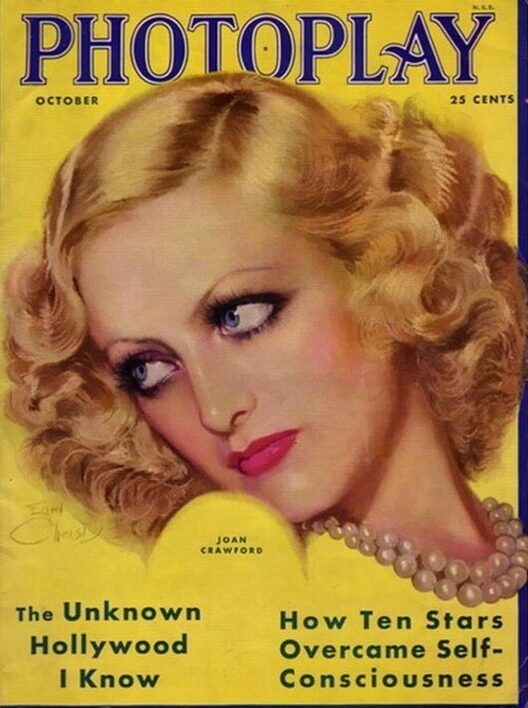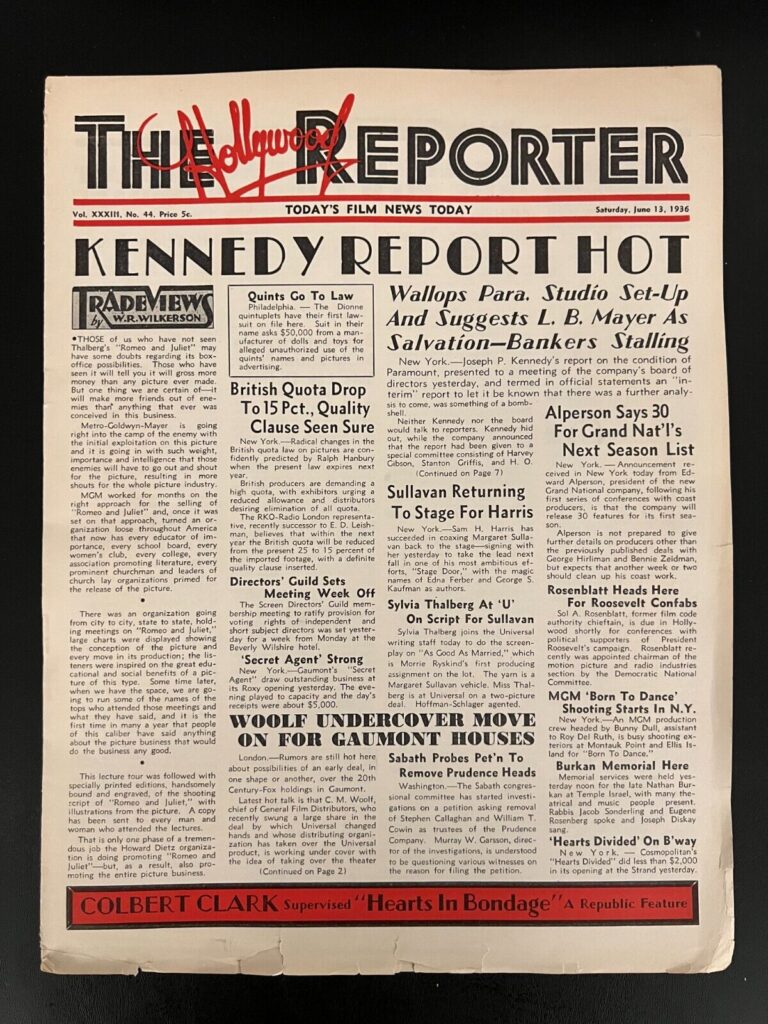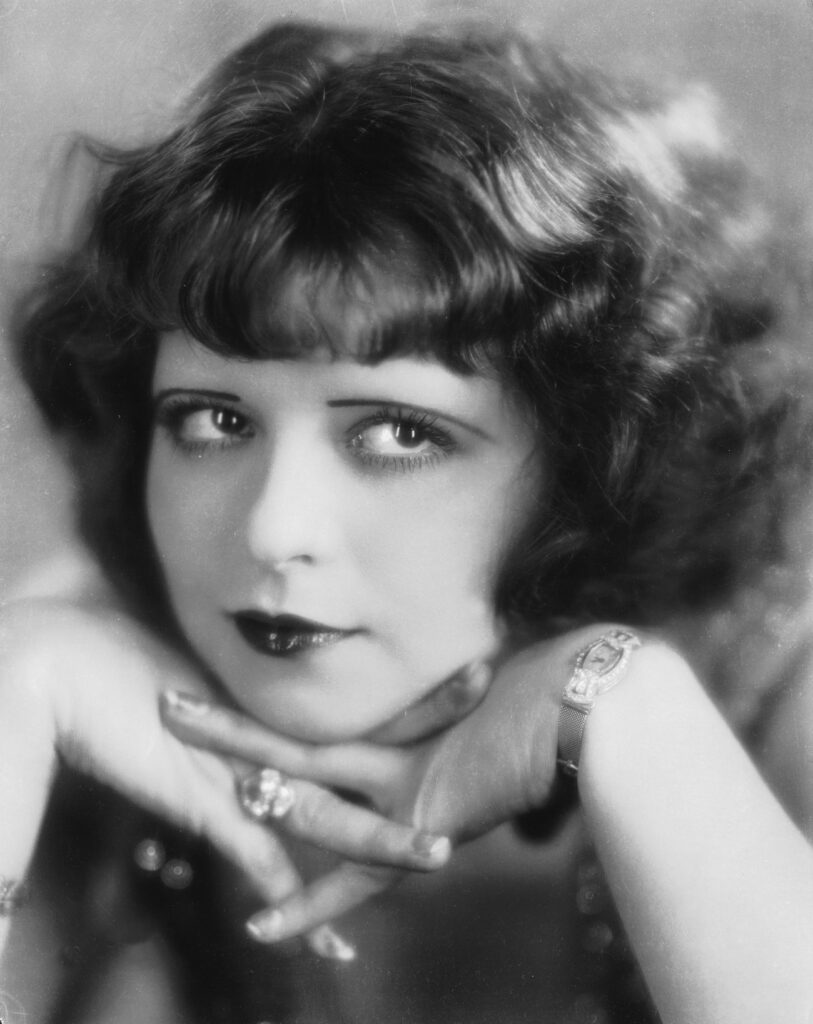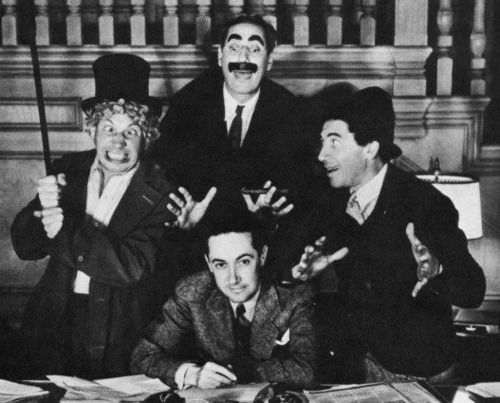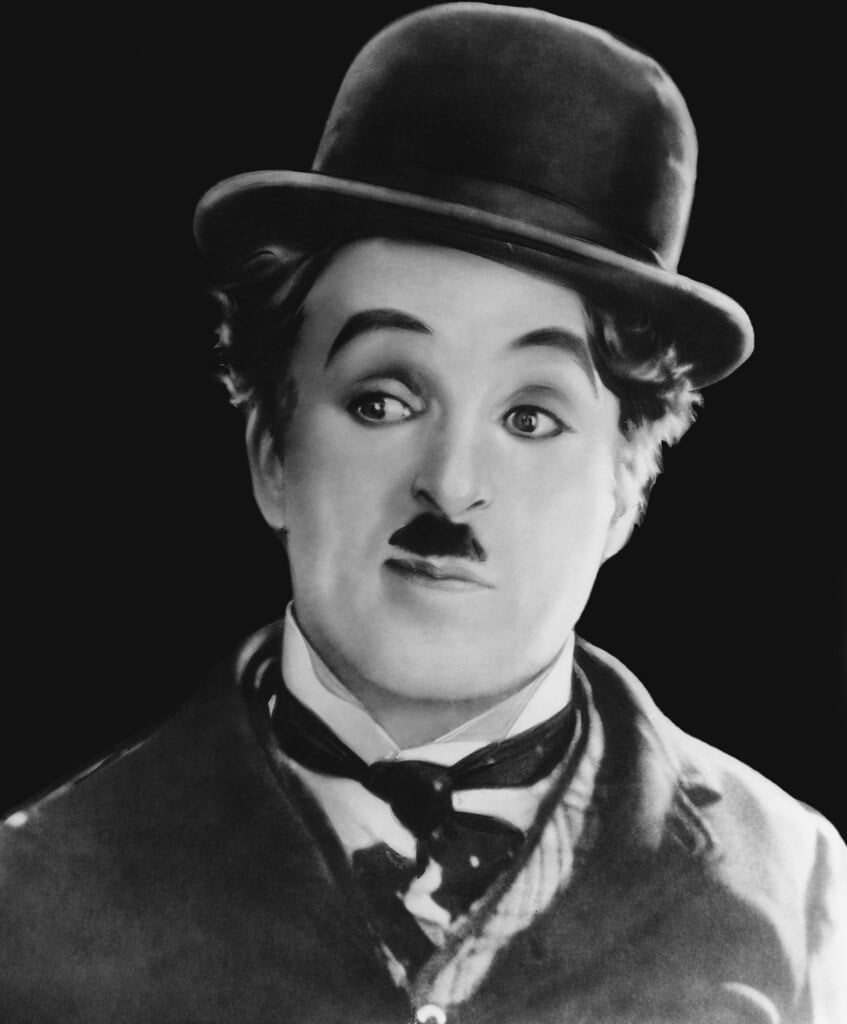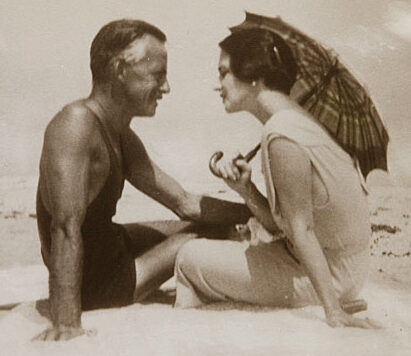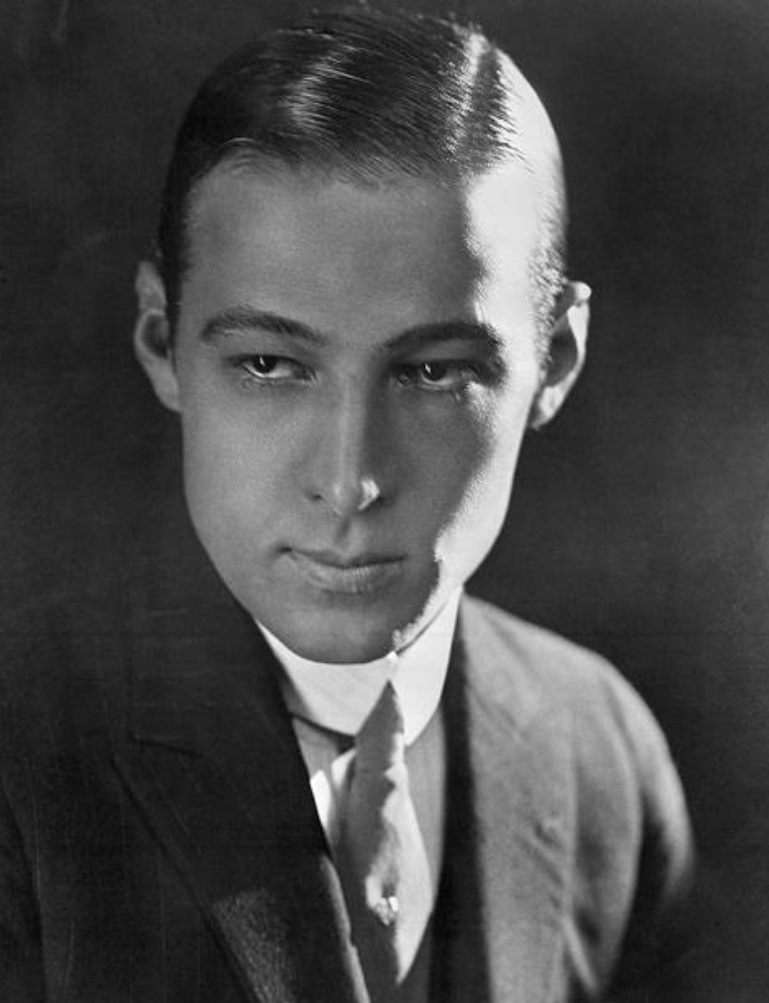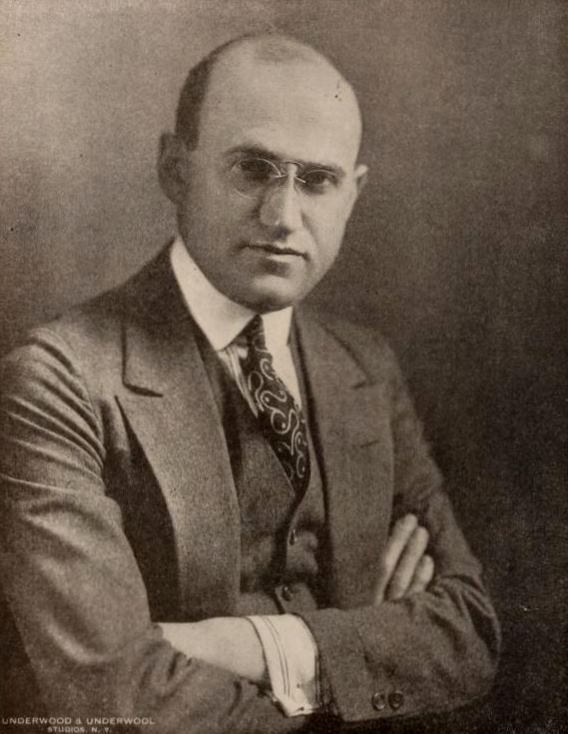Titillating Tales of Tinseltown
These anecdotal accounts of movie mogul misbehavior are both appealing and appalling. They’re drawn from the annals (that’s annals, with 2 n’s) of Hollywood’s Golden Age – back when actors in films were shot in epic fashion; and not accidentally by Alec Baldwin. It was a less enlightened age of entertainment when men were men and women were scenery. It was a time when Photoplay magazine ensured movie stars twinkled brightly in the folds of its pages. It was also an era when fiendish Hollywood reporters (like me), looking for a scoop, sought to expose the seamy and sordid side of the silver screen.
However well-behaved actors were on the screen, they could never fig leaf the apostasies going on behind the camera. A Pandora’s Box of apostasies I’m going to blow the lid off (albeit 100 or so years after the fact). That’s what people like me do. My name is David Fescue of the Hollywood Reporter and if you don’t like what this David is doing, then Fescue!
Gung Ho-llywood
Hollywood has been making movie magic ever since Mr. Edison et al perfected the Kinetograph machine in 1892. Undoubtedly there are more comprehensive histories of early Hollywood, but none would be as fun to read as this one. It’s short, funny and laden with gooey, carbohydrate-rich phrases that satisfy the pleasure centers in the hippocampus or wherever that place is in the brain that makes us roll our eyes back and breathily exclaim, “Oh God. Oh God. Oh God. It’s so good!”
And now that I think of it, I believe a hippocampus is a place where hippopotamuses go to school.
The cerebrally chubby may be wise to avert their eyes from this sinfully caloric Cinna-bon mots. However, you’d be even wiser to make popcorn, turn down the lights and watch these entertaining words go by. Focus groups all agree, that after reading this tawdry tell-all, you’re going to say, “Not only do I not want these 6 minutes of my life back, I wish I had another 6 minutes to contribute. And that’s why God created sequels, so stay tuned.
Meanwhile, now that the credits are out of the way, enjoy the rest of the show. At the risk of mongering too much gossip or butting too much scuttle or raking too much muck, I’ve decided to tattle on the less savory side of Hollywood – a scandal sheet of celebrity secrets laundered in the purifying radiance of backlit computer screens. So, without further adieu, I mean without further ado, David Fescue presents:
Trivial Tales of Tinseltown: A Tattler Plies His Trade
A celebrity is often defined as someone who’s known for being famous. Back in the day that included personalities of marginal talent, such as Zsa Zsa Gabor, Arthur Godfrey or Hedda Hopper. Whatever that elusive quality is that makes someone a celebrity, Jazz Age actress Clara Bow had It. In fact, she had so much of It that she was known as the “It Girl.” Appropriately, her epitaph at Forest Lawn reads: That’s It Girl.
In the early days of Hollywood, celebrities shared their creative juices very freely. So freely in fact, it often required large doses of penicillin to get those juices back under control. That era was less about kiss and tell as it was about poke and antidote. Some things never change.
Tryst and Shout: Some Dish on a Dish
Loretta Young and Clark Gable starred in 1935’s Call of the Wild based on Jack London’s Klondike Gold Rush story. During filming in Skagway, Alaska, a fierce snowstorm halted production for several days. Days in which Ms. Young and Mr. Gable became “better acquainted.” Loretta Young was barely 22 and Clark Gable was…well, he was Clark Gable. You do the math.
Ms. Young was very Catholic and very pregnant by the time she travelled to Europe to keep her pregnancy away from the prying eyes of Hollywood reporters and gossipmongers like me. The story doesn’t end there. In fact, that’s just the beginning. Ms. Young and her handlers (love that term “handlers,” like they applied for the job of a Loretta Young wrangler) had secretly arranged to put the baby up for adoption and then casually adopt it months later. Quite the ruse, but to no use.

Clark Gable and his unacknowledged daughter Judy. She looks more like Clark Gable than Clark Gable does.
In Hollywood, Baby Judy’s lineage was an open secret. Since Judy’s outsized ears practically flapped like Dumbos, they only confirmed what everybody already knew. That while snowbound on the set of Call of the Wild, Loretta Young and Clark Gable had answered their own call of the wild. Years later, when Ms. Young was asked how such a thing could happen, she admitted, “It happened one night.” Which was another Clark Gable movie where he appeared shirtless with demure Claudette Colbert. Hollywood hijinks hasn’t hoodwinked this reporter.
Anti-Semitism No More
Despite most studios being run by Jews, there wasn’t much anti-Semitism in Hollywood. In fact, to curry favor, many Hebraic wannabees tried to pass as Jews. They weren’t full-fledged Jews. They were just semi-Semites. Where the confusion arose is that Cary Grant had an aunt who was Jewish, and he was often heard to call her Auntie Semite.
What’s in a Name? (A Fictional Event Inspired by a Jim Gaffigan Routine)
Early on, celebrated MGM producer and genius wünderkind Irving Thalberg was asked to create a name for these newfangled “pictures that moved.” The brilliant youth pondered long and hard and somehow formulated the term “mov-ies.” How did he ever conjure that? – so descriptive, so apt. And when actors in those movies began to talk, it was this same genius visionary who coined the term “talk-ies.” Yes, lightning struck twice. Movies, Talkies – what’s next, Technicolor? CinemaScope?
The wünderkind’s monikers were wünderbar! Precocious Mr. Thalberg had twice defined iconic terms that the common man could grasp easily. A mov-ie was a series of filmed picture that (guess what?) “moved.” A talk-ie was a movie where people “talked.” He was either a “boy wonder” or maybe he was just on the spectrum. The point is, it was a long, long time ago. So long ago that Charlton Heston hadn’t even parted the Red Sea yet.
When Mr. Thalberg died at the tragically young age of 37, it was said he was there one minute and the next minute he was gone with the wind.
The Hays Code (Again with the Culture Wars)
While early, unregulated Hollywood was churning out masses of morally malnutritious films, a backlash against questionable depictions of morality began to emerge. This movement threatened to sink the industry because each locality was issuing their own standards of decency, making it nearly impossible for Hollywood to create a uniform product. Consequently, the industry consented to regulatory self-censorship under the aegis of the independent Hays Commission. Major League Baseball had attempted to clean up its Black Sox scandal with the appointment of a commissioner – former federal Judge Kenesaw “Mountain” Landis – and now Hollywood was similarly masking their moral failings with the pseudo-censorious fig leaves of the Hays Code.
The Code was designed to act like a moral detergent, scrubbing the dirt, depravity and decadence out of films and instilling them with a sanitized, societally soothing norm that didn’t really exist in the first place. It was superintended by former postmaster General Will Hays and became operative in 1934.
One snarky critic described the Hays Code as “a Jewish owned business selling Catholic theology to Protestant America.” However well-intended the Hays Code was, it could never remove the louche behavior going on behind the camera. As modernity caught up to and overwhelmed provincial moralism, the Hays Code died a quiet death and was replaced with the G, PG, PG-13, R and NC-17 ratings system we’ve grown familiar with.
Anecdotes: Some True, Some False, Some Embellished
§ No discussion of early Hollywood is complete without paying homage to the great Charlie Chaplin. Chaplin’s on-screen persona was known as the Tramp. People identified greatly with his impish, heart-of-gold character. Much as the Beatles did with the music business decades later, Mr. Chaplin’s talents expanded and popularized the entire movie business. His innovative filming techniques featuring original and touching stories showed what the medium could do. If you haven’t watched City Lights or The Gold Rush, you’re really missing out on a grand experience. He co-founded United Artists in 1919 along with Mary Pickford, Douglas Fairbanks Sr. and DW Griffith. The premise of this groundbreaking company was to give actors greater financial and creative control over their ventures. So I don’t continue to drone on like a Wikipedia page in extolling the virtues of this worthiest of worthies, I’ll leave you with his famous roller-skating scene:
Perilous Roller Skating w/Paulette Goddard
§ When word got out that Jean Harlow had gonorrhea, MGM boss Sam Goldwyn met with the little harlot, I mean little starlet, and gently advised her, “Listen Jeannie, right now, you need to do you.” To which Ms. Harlow sardonically responded, “I am doing me Sam. Now that the word is out, no one else will do me.”
§ Those peerless Marx Brothers garnered boffo reviews on Broadway in The Cocoanuts. Broadway led to Hollywood where their antic films were legend. While Groucho, Chico and Harpo were the mainstays of the brothers, I was always drawn to the less publicized brothers. My favorite Marx brother was the one who worked with plaster and a trowel. Remember Stucco. And then there’s the carpenter brother who puts things together in a snap – Lego. And let us not forget Gaucho, the Argentinian cowboy. The Marx Brothers were something special and yours truly would welcome their life-affirming zaniness flashing before his eyes as he neared death.
§ At the height of the Roaring 20’s, well before Lou Gehrig died of his own disease, aviator Charles Lindbergh was the first to fly his monoplane across the Atlantic Ocean. After 33 hours Lucky Lindy landed his Spirit of St. Louis at Le Bourget Airport near Paris where a stampede of French partisans surrounded his plane and immediately surrendered.
§ With the Roaring 20’s giving way to the Depression Era’s Whimpering 30’s, Eugene O’Neill’s wife Carlotta serendipitously inspired him to write one of the greatest plays ever. The epic play germinated from a seemingly innocuous conversation between the couple. The story goes that during the Depression, the O’Neill’s could no longer afford their electric refrigerator, so they sold it and bought an old-fashioned ice box. Carlotta, who had just arrived home, asked Eugene if the Iceman had put an ice block in it yet:
Carlotta: Honey, did the Iceman Cometh yet?
Eugene: Say that again!
Carlotta: Did the Iceman Cometh?
Eugene: (under his breath; “The Iceman Cometh…Brilliant”) (To his wife) “No dear, but he’s close.”
Carlotta: You mean?
Eugene: Yes dear. The Iceman Neareth.
.
The Death of Very Virile Valentino
In the 1920’s women swooned over sexy silent film star Rudolph Valentino and they were deliriously inconsolable when he died so young at 31. Thousands of feverish female mourners filed by his open casket hoping their charms could somehow reanimate the dearly departed heartthrob. Rudolph Valentino was the epitome of the strong, silent type – and at that point, very silent. In keeping with his silent screen persona, no one uttered a word when eulogizing him. Instead, while the funeral director thundered-out overly emotional notes on a piano, each eulogizer simply stood up, gesticulated melodramatically for a few moments, and then sat down again. It was quite a fitting performance.
.
The Sicilian Brownies Storm the Wrong Door
(an LA Confidential Exclusive…in 1955)
In January 1954 Marilyn Monroe and Joe DiMaggio were married; she to his guinea charm and he to her bodacious ta-ta’s. It was a match made in celebrity insecurities heaven. By August 1954 they had hit hard times and were on the outs. About this time Marilyn was preparing for a new movie requiring accented dialogue and song training, so she engaged the services of renowned voice coach Hal Schaefer. Apparently the coaching went a little too well and Schaefer began teaching Marilyn how to sing from her diaphragm. They were harmonizing both musically and horizontally, and when Joltin’ Joe got wind of this he enlisted the services of a private dic to find out about this public dick.
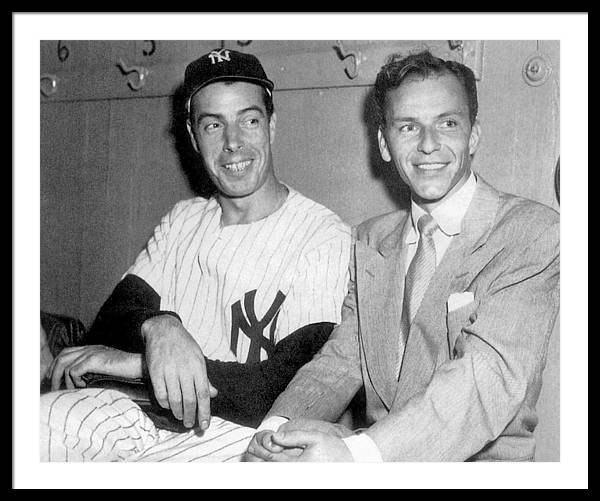
Giuseppe DiMaggio and Franco Sinatra. Two nice-a Italian boys make-a leetil mistake-a. Scusami, signora. Scusami.
The detective traced them to a house on 8120 Waring Ave and gave the address to Mr. DiMaggio – little did Joe realize this love nest was a duplex. In hopes of catching his now ex-wife in flagrante delicto (humping like a hyena), Joe enlisted the services of fellow-gumbah Frank Sinatra, who, like Joe was also an honorary member of the Sicilian Brownies.
Armed with enough Mediterranean testosterone to impregnate all of Sicily, Frank and Joe hightailed it over to Waring Ave at around 11 pm where, axe in hand, they stormed the place. But instead of breaking and entering into the upstairs love nest where Marilyn and Hal were making beautiful music together, they mistakenly broke down the wrong door and found themselves face to face with itty-bitty landlady Florence Kotz.
One can imagine Ms. Kotz’s panic when she realizes intruders are violating the sanctuary of her home. But one can also imagine the comically irreconcilable bewilderment that overtakes Florence when she gathers her wits and slowly realizes the intruders are none other than world-famous Frank Sinatra and Joe DiMaggio.
Let’s look at this from Florence’s perspective. You’re soundly asleep and you awake in a panic when invaders swarm your bedroom. You look up from your bed, slowly process the scene and think, “What the f*ck are Frank Sinatra and Joe DiMaggio doing in my bedroom. Am I dreaming?”
By now Marilyn and Hal had heard the ruckus downstairs and escaped through a back exit. Upon realizing his grave mistake, Sinatra peeled off five $100 bills, tossed them on the floor and said, “Sorry lady. We got the wrong broad.” Meanwhile, a few minutes later, DiMaggio straightened Florence’s frumpy house coat, apologized profusely and politely remarked, “Hey lady, me and Frank are really sorry about all this. We thought you were Marilyn Monroe.”
“Well, that’s the first and last time I’ll ever be mistaken for Marilyn Monroe,” Florence remarked as she scooped up the 100’s and stuffed them into the pocket of her housecoat.
Florence had a tale to tell that night. A tale that had the added feature of being 80% true:
Frank and Joe Knock Down the Wrong Door – A True LA Confidential Story
There’s Gold in those Goldwynisms
Studio mogul Samuel Goldwyn (the G in M-G-M) was famous for his malapropisms. He was the Yogi Berra of the cinema offering such gems as, “I don’t think anybody should write his autobiography until after he’s dead.” He also uttered the perfect contradiction, “Include me out.”
Unnamed director: [The script is] too caustic.
Goldwyn: To hell with the cost. If it’s a good picture, we’ll make it.
Mr. Goldwyn was a monumental figure in the movie business. Contemporaries remarked, “They’ve made a mountain out of a mogul.”
Skin Scandal
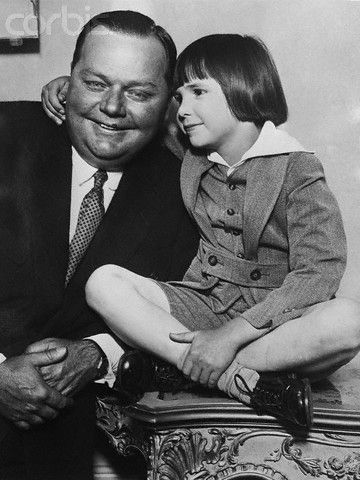
Fatty Arbuckle seen here with child star Jackie Coogan (the future Uncle Fester from “The Addams Family”).
In a sensational trial, silent screen star and famous funnyman Fatty Arbuckle was acquitted of manslaughter in the death of a woman in his hotel suite. The prosecution argued Arbuckle’s belt buckle combined with his considerable weight caused the woman’s bladder to burst. Did it matter the fatter actor gave her a flatter bladder? Or did it not bladder at all. I think the latter. Clearly this bladder matter left his career in tatters. However, after this infamous incident, Fatty Arbuckle somehow managed to perform unnoticed in Hollywood under the pseudonym Chubby Beltbuckle.
For years after this incident a joke circulated that asked: What do arsenic-laced theater tickets and Fatty Arbuckle movies have in common? They’re both box-office poison.
Roscoe “Fatty” Arbuckle acquitted of manslaughter
Prequel and Sequels to All About Eve
With the success of Bette Davis’s All About Eve, 20th Century Fox wasn’t going to let the All About Eve franchise lay dormant. They produced a low-budget prequel to All About Eve called A Little About Eve. They then issued 2 sequels to All About Eve titled Way Too Much About Eve and Jesus, I Hope I Never Hear Another Word About Eve Again.
Earliest Film Known to Man
And let us end at the beginning. I thought it appropriate to present the Holy Grail of motion pictures – the first film ever made (or at least preserved). It’s from the Victorian Era (Oct 1888) and is a 3-second film on a loop depicting a lively backyard scene in Leeds, England. It’s remarkable to consider for a moment, that at that time in history, Mrs. Hannah Chaplin was pregnant in London with baby Charlie (b. April 16, 1889).
Some confuse this historic film with an outtake from Sense and Sensibilities. They’d be wrong. However, if you look at the film closely, on the left we see a young Nicholas Cage frolicking in the sun. Jesus, that guy is in everything. His agent is one for the century – 3 centuries.
Ending Credits
Well, there it is. Everything you need to know about early Hollywood as catalogued by your Hollywood reporter David Fescue. I hope I stimulated the area in and around your amygdala (which I’ve since learned is where the brain’s pleasure centers are activated). Together we’ve raked some muck, butted some scuttle and mongered some gossip – gossip so wickedly juicy it might require large doses of penicillin.
The imaginative stories birthed on the silver screen parallel life in ways both affirming and disturbing. Some say you shouldn’t go places where there is ambiguity or the moral framework isn’t clear. But whereas some wouldn’t, Holly would.

